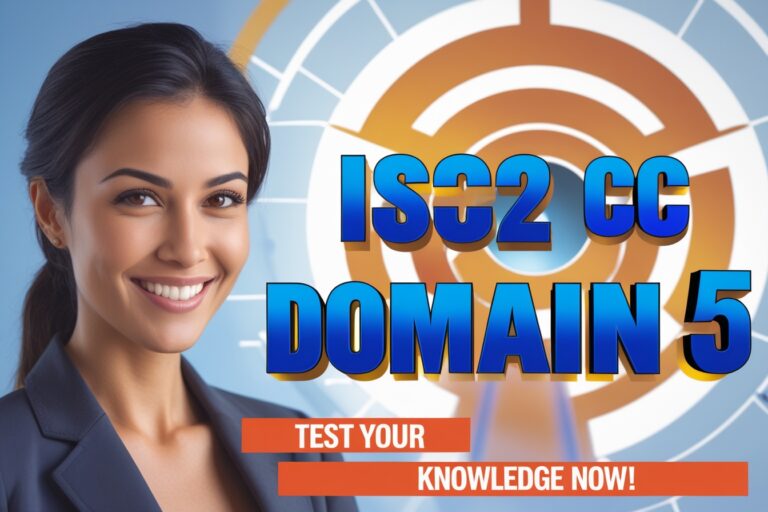1. In …………………..,internal and external interfaces are tested as each module is incorporated into the structure.
A) functional validity
B) information content
C) interface integrity
D) performance
2. ……………………… tests designed to uncover functional errors are conducted.
A) functional validity
B) information content
C) interface integrity
D) performance
3. ……………….. tests designed to uncover errors associated with local or global data structures are conducted.
A) functional validity
B) information content
C) interface integrity
D) performance
4. ………………………. tests the high levels of system before testing its detailed components.
A) Top-down testing
B) Bottom-up testing
C) Thread testing
D) Stress testing
5. ………………………. testing is appropriate for
object-oriented systems in that individual objects may be tested using
their own test drivers they are then integrated and the object
collection is tested.
A) Top-down
B) Bottom-up
C) Thread
D) Stress
6. The main disadvantage of ……………………….. is that test output may be difficult to observe.
A) Top-down testing
B) Bottom-up testing
C) Thread testing
D) Stress testing
7. …………………… involves testing the modules at the lower levels in the hierarchy and then working up the hierarchy or modules until the final module is tested.
A) Top-down testing
B) Bottom-up testing
C) Thread testing
D) Stress testing
8. In ……………………….., the program is represented as a
single abstract component with sub components represented by stubs.
A) Top-down testing
B) Bottom-up testing
C) Thread testing
D) Stress testing
9. ……………………. is a testing strategy, which was devised for testing real-time systems.
A) Top-down testing
B) Bottom-up testing
C) Thread testing
D) Back-to- back testing
10. ………………………….. testing may be used when more than one version of a system is available for testing.
A) Top-down
B) Bottom-up
C) Thread
D) Back-to- back
11. ………………………… is a testing strategy, which may be used after processes, or objects have been individually tested and integrated into sub-systems.
A) Top-down testing
B) Bottom-up testing
C) Thread testing
D) Back-to- back testing
12. ………………….. usually involves planning a series of tests where the load is steadily increased.
A) Top-down testing
B) Bottom-up testing
C) Stress testing
D) Back-to- back testing
13. …………………….. is an event-based approach where tests are based on the events, which trigger system actions.
A) Top-down testing
B) Bottom-up testing
C) Thread testing
D) Back-to- back testing
14. State whether the following statements about the functions of stress testing are True or False.
i) It tests the failure behavior of the system.
ii) It stresses the system and may cause defects to come to light, which would not normally manifest themselves.
A) True, False
B) False, True
C) False, False
D) True, True
15. ……………………… is particularly relevant to distributed systems based on a network of processors.
A) Top-down testing
B) Bottom-up testing
C) Stress testing
D) Back-to- back testing
16. Back-to-back testing is only usually possible in which of the following situations.
i) When a system prototype is available.
ii) When reliable systems are developed using N-version programming.
iii) When different versions of a system have been developed for different types of computers.
A) i and ii only
B) ii and iii only
C) i and iii only
D) All i, ii and iii
17. Which of the following is the correct order for the steps involved in back-to-back testing.
i) run one version then another version of the program.
ii) prepare a general-purpose set of test case.
iii) compare the files produced by the modified and unmodified program version.
A) 1-i, 2-ii, 3-iii
B) 1-ii, 2-iii, 3-i
C) 1-ii, 2-i, 3-iii
D) 1-i, 2-iii, 3-i
18. In …………………………. , tests have to be designed to ensure that the system can process its intended load.
A) Top-down testing
B) Bottom-up testing
C) Thread testing
D) Stress testing
19. When using ……………………….. testing, test drivers must be written to exercise the lower-level components.
A) Top-down
B) Bottom-up
C) Thread
D) Back-to- back
20. Strict ………………………. is difficult to implement because of the requirement that program stubs, simulating lower levels of the system, must be produced.
A) Top-down testing
B) Bottom-up testing
C) Thread testing
D) Stress testing
Answers:
1. C) interface integrity
2. A) functional validity
3. B) information content
4. A) Top-down testing
5. B) Bottom-up
6. A) Top-down testing
7. B) Bottom-up testing
8. A) Top-down testing
9. C) Thread testing
10. D) Back-to- back
11. C) Thread testing
12. C) Stress testing
13. C) Thread testing
14. D) True, True
15. C) Stress testing
16. D) All i, ii and iii
17. C) 1-ii, 2-i, 3-iii
18. D) Stress testing
19. B) Bottom-up
20. A) Top-down testing









